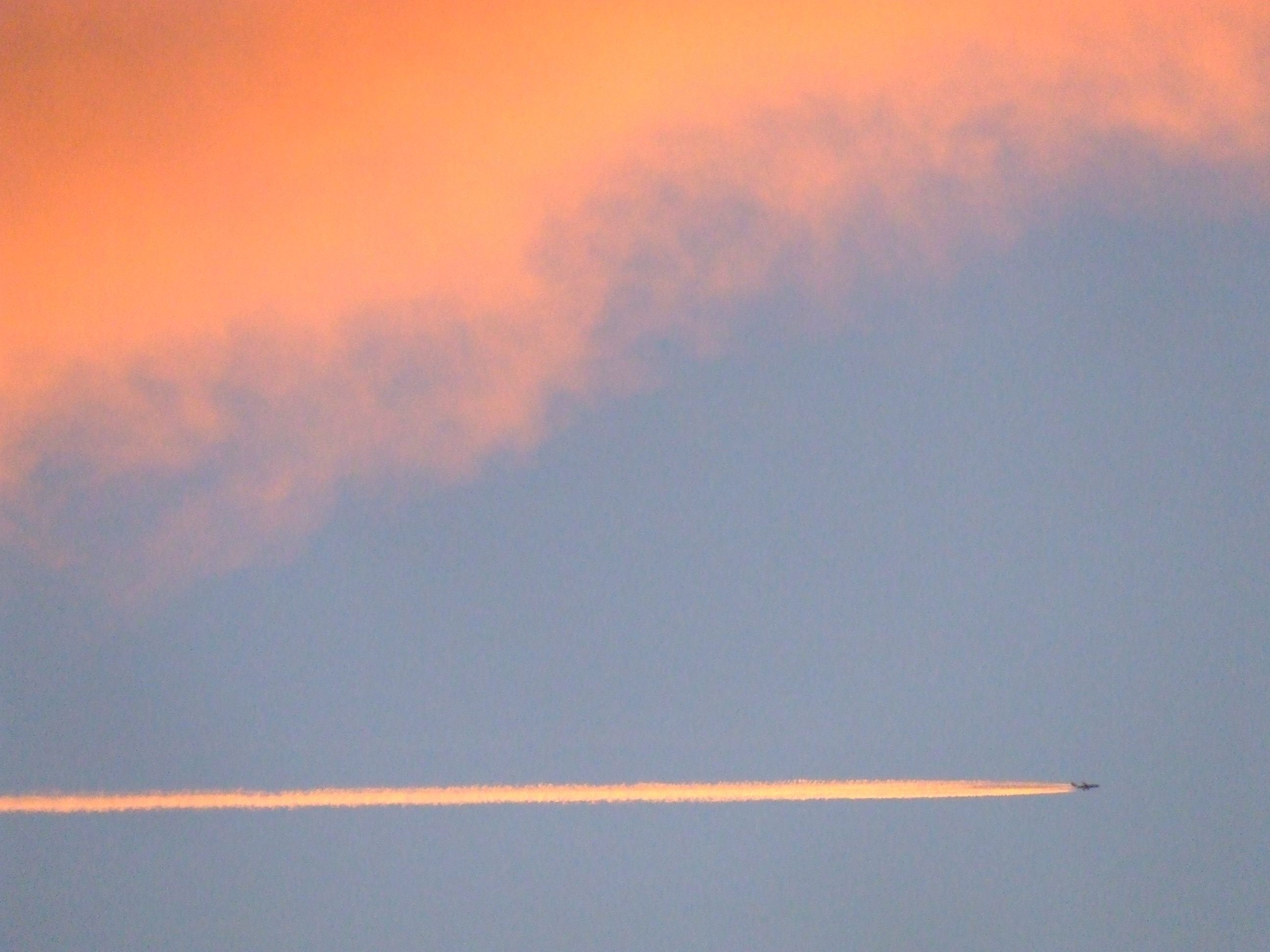
This post originally appeared at Climate Central.
It may be time to add another item to the growing list of problems likely to worsen with climate change. A new paper in the journal Nature Climate Change argues that thanks to projected changes in the jet stream, one form of air turbulence will likely increase in intensity by between 10 and 40 percent in the North Atlantic by 2050, making for more white knuckle transatlantic flights and increasing costs to airlines, damage to planes, and injuries to passengers and crew members.
“Our results,” said the authors, “suggest that climate change will lead to bumpier transatlantic flights by the middle of this century.”
The study addresses clear air turbulence, a sharp upward or downward movement of air that can come literally out of the blue, often as the result of wind shear, with no storms or clouds in view. “It’s not just about knocking your drink over,” said lead author Paul Williams, an atmospheric scientist at the University of Reading, in England, in an interview.
According to the National Center for Atmospheric Research (NCAR), turbulence is the leading cause of weather-related injuries on planes, and costs airlines tens of millions of dollars every year. Unlike other forms of turbulence, moreover, clear-air turbulence doesn’t show up on radar, so pilots can’t always avoid it. Instead, pilots currently rely largely on turbulence reports relayed to air traffic controllers in order to steer clear of the worst areas of turbulence.
Clear air turbulence is known to occur in the vicinity of the jet stream, a powerful river of winds at speeds often exceeding 150 mph, at upper levels of the atmosphere. In the Northern Hemisphere, the jet stream helps steer weather systems from west to east.
Like virtually all atmospheric phenomena, the jet stream could be altered by climate change, which could have an impact on clear air turbulence. Williams and co-author Manoj Joshi, of the University of East Anglia, set out to explore how a warming planet could affect clear-air turbulence. “It’s kind of surprising,” he said in an interview, “that no one has looked at this before.”
To fill that research gap, Williams and Joshi examined projections from a climate model developed by NOAA’s Geophysical Fluid Dynamics Laboratory (GFDL), focusing on the air over the North Atlantic. “It’s one of the busiest air traffic routes in the world,” said Williams, “with about 600 crossings every day.”
A NASA visualization of the 30-day evolution of the polar jet stream
Williams said the jet stream can play a role in creating clear-air turbulence, because it flows quickly above a layer of more stationary air, setting up eddies where the two meet. According to the GFDL model, and assuming a middle-range increase in heat-trapping greenhouse gases by 2050, he said, “the jet stream above the Atlantic gets stronger, and it also tends to move north.”
On average, said the authors, this will put more planes in harm’s way. Pilots can detour around patches of turbulence, if planes ahead of them warn of rough patches, but that takes extra time and burns extra fuel, both of which are costly. And moving the main North Atlantic crossing routes away from the jet stream winds will make the trip slower and more expensive for airlines. It will also cause all planes on the crossing to burn more fuel, and emit more planet-warming greenhouse gases.
“Aviation is partly responsible for changing the climate,” the study said, “but our findings show for the first time how climate change could affect aviation.”
But “could,” may be the operative word here. “Overall, my feeling is that this is a very unique and interesting study using climate models to address a very relevant question,” said Elizabeth Barnes, an atmospheric scientist at Colorado State University who studies the jet stream, in an email. While the most up-to-date climate models do show a general poleward shift of the North Atlantic jet stream in a warming world, she said, the trend is least robust in December, January and February — precisely the time of year Williams and Joshi find the greatest effect, and when the jet stream is typically the strongest. Some models show it, others don’t.
Barnes also argues that the speedup of jet-stream winds Williams and Joshi factor into their conclusions about turbulence aren’t clear. “Over the past few decades,” she said, “large-scale wind speeds have decreased, not increased as might be expected from the anecdotal increase in clear air turbulence.” Those decreases have happened over a large area, she acknowledges, and things could be different in the relatively narrow swath of the North Atlantic the authors looked at.
It appears, in short, that the new result may not be quite definitive. But at the least, it’s step toward addressing a question that hasn’t been looked at very deeply in the past. For transatlantic air passengers, at least, it might be a step away from the dreaded “fasten seatbelt sign.”
Image: Timo Arnall






